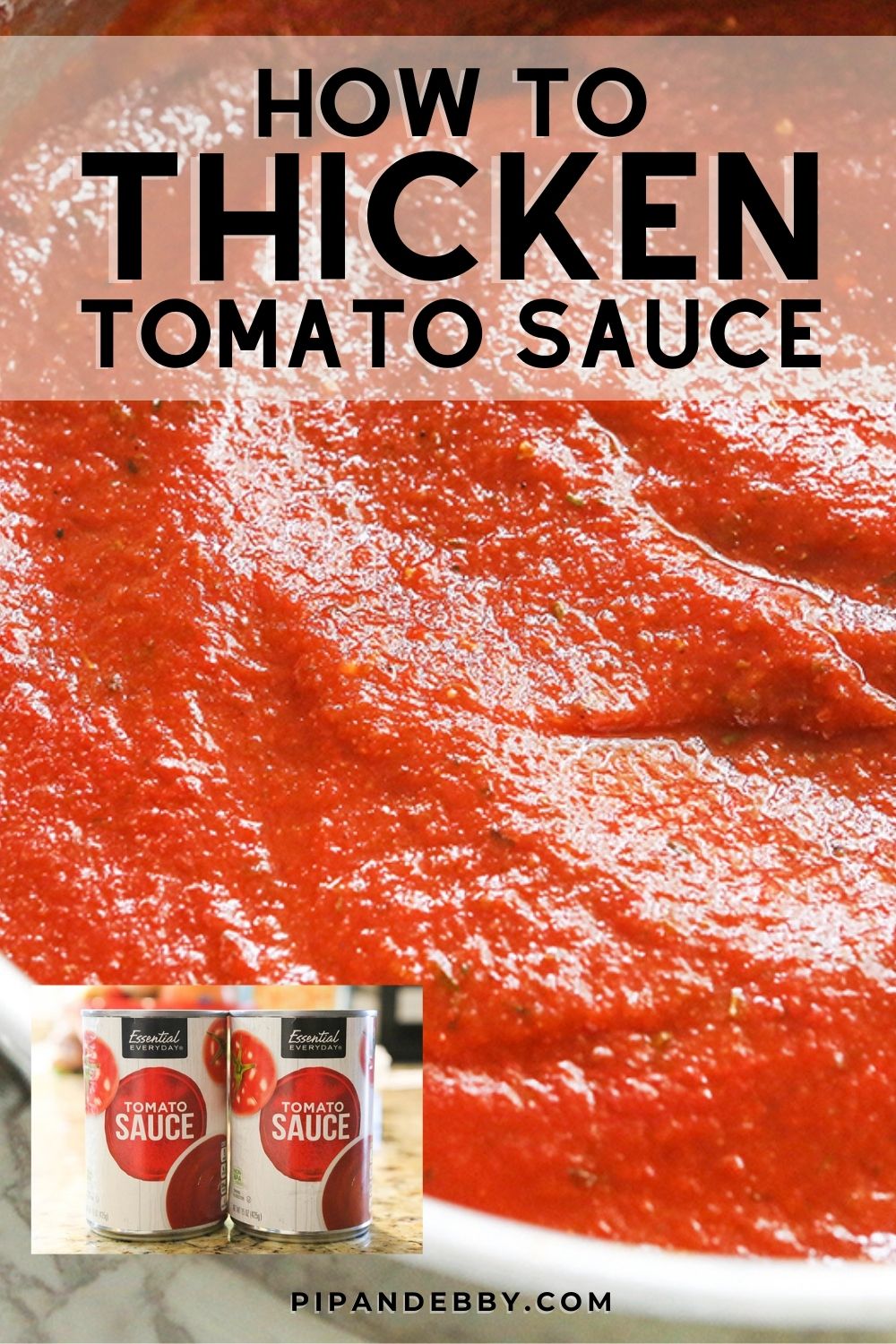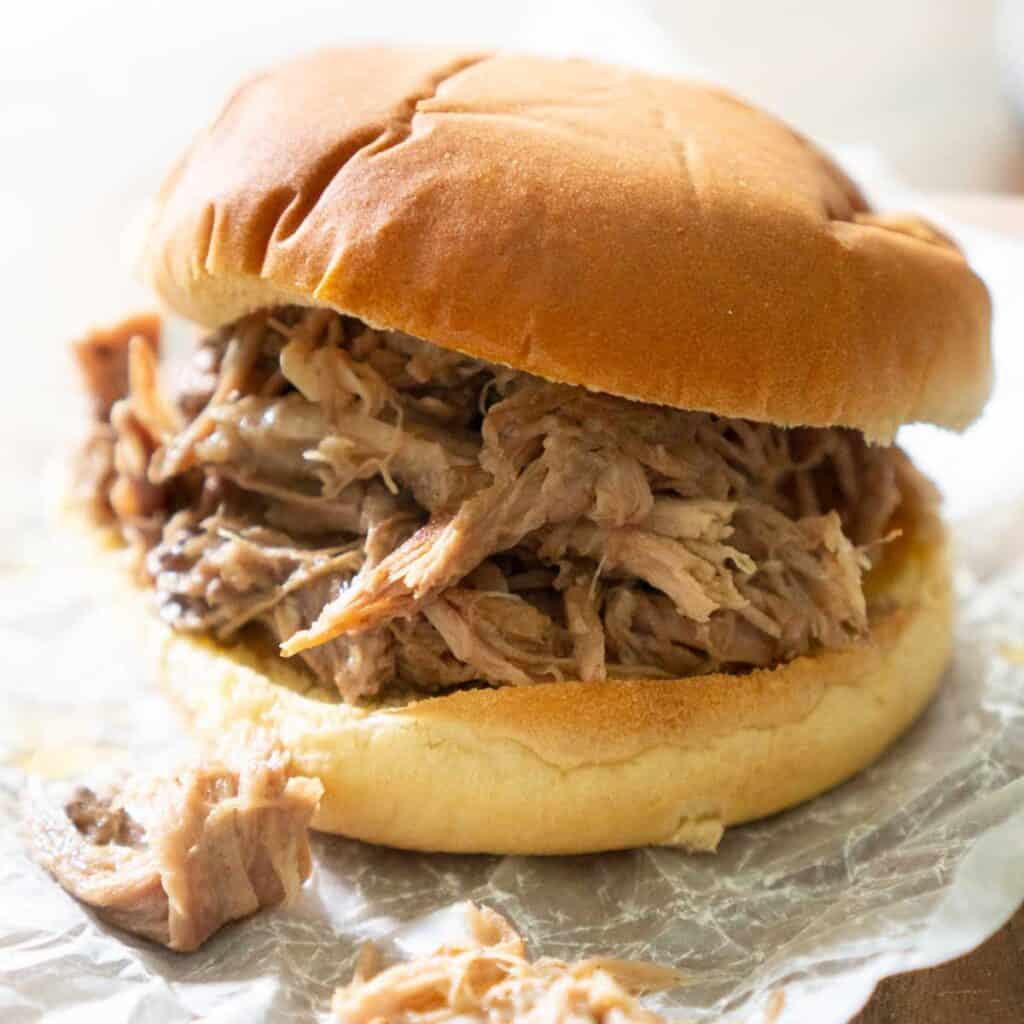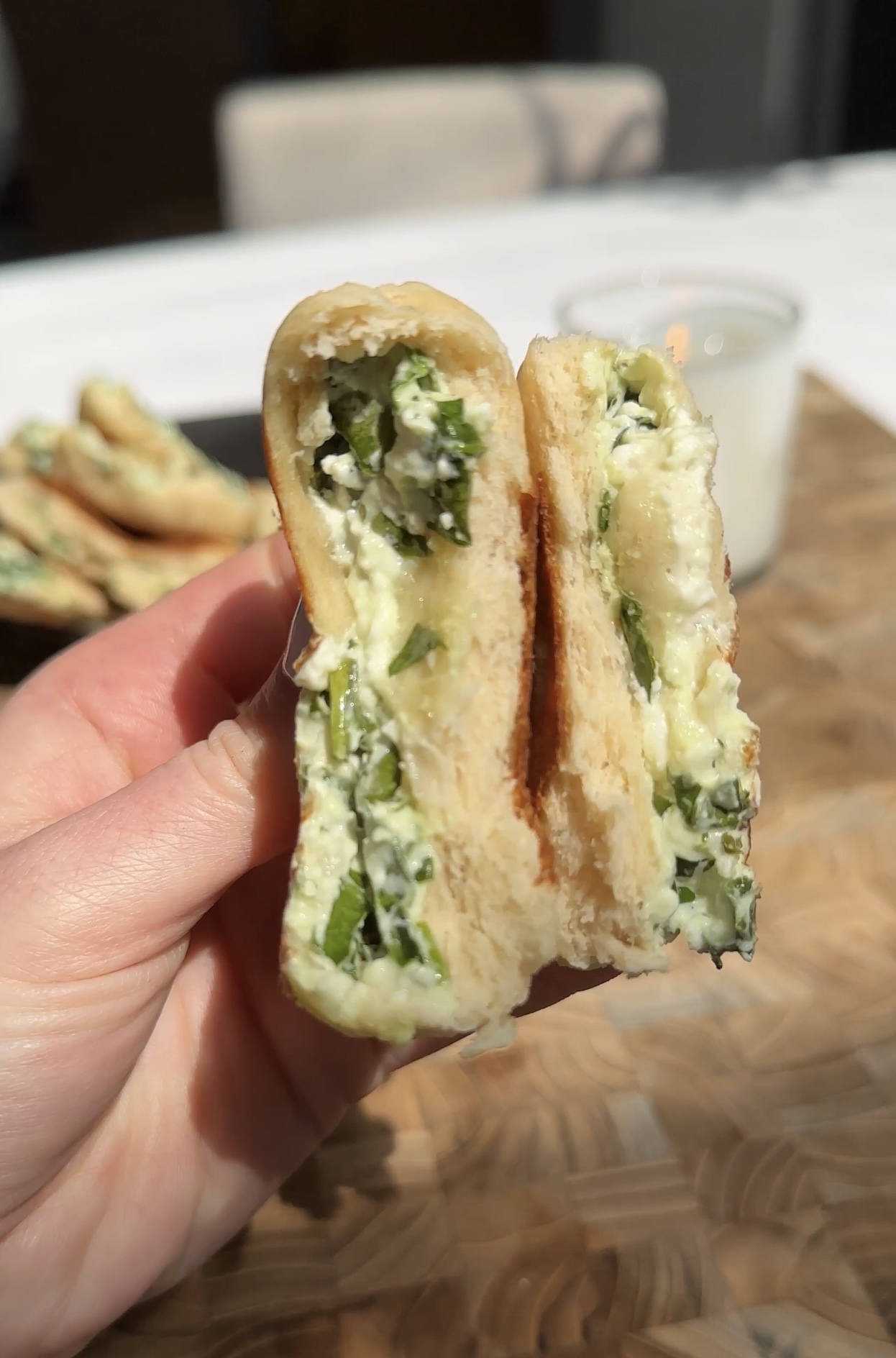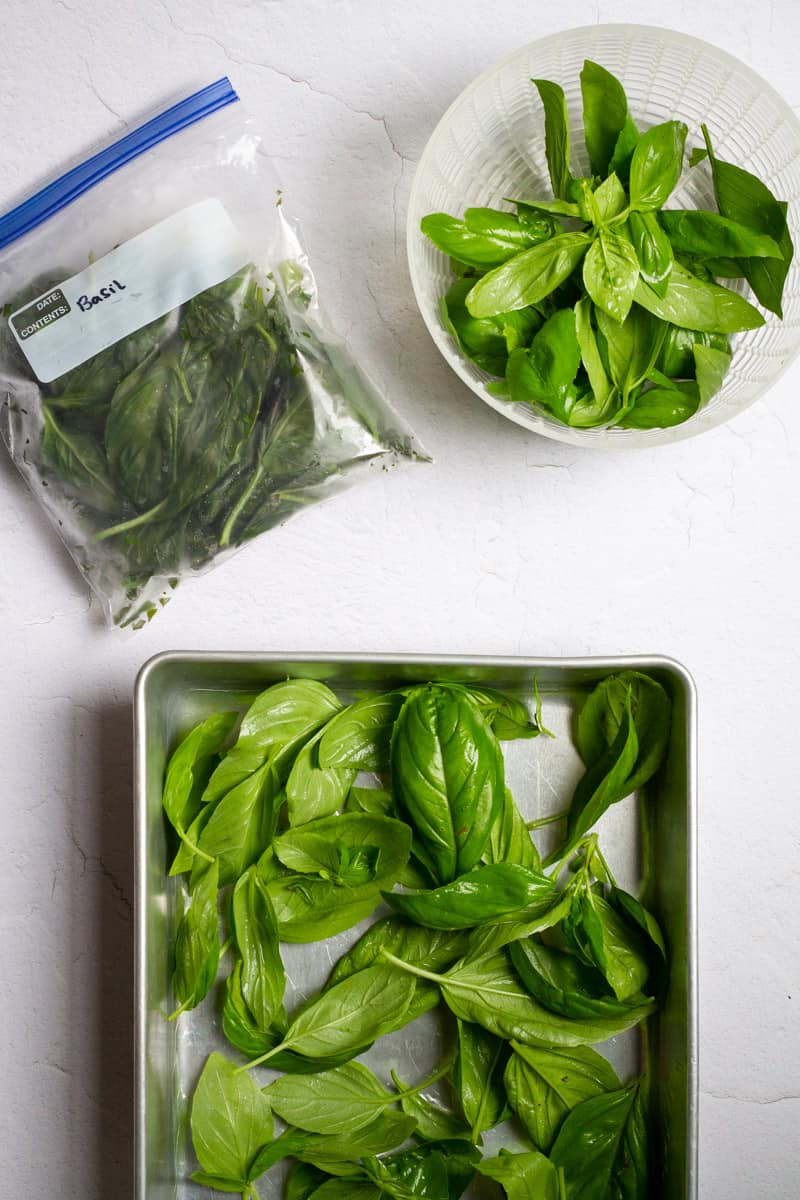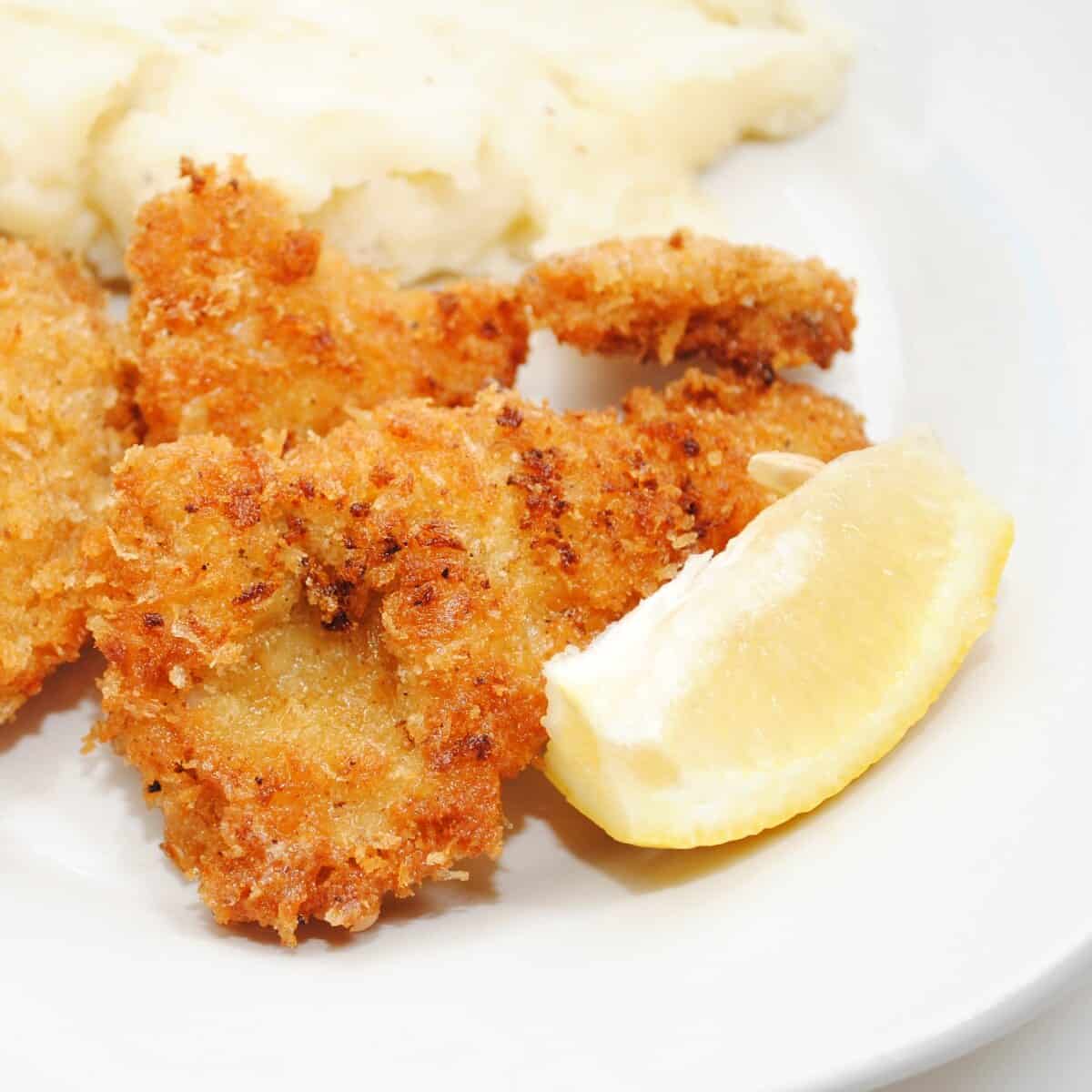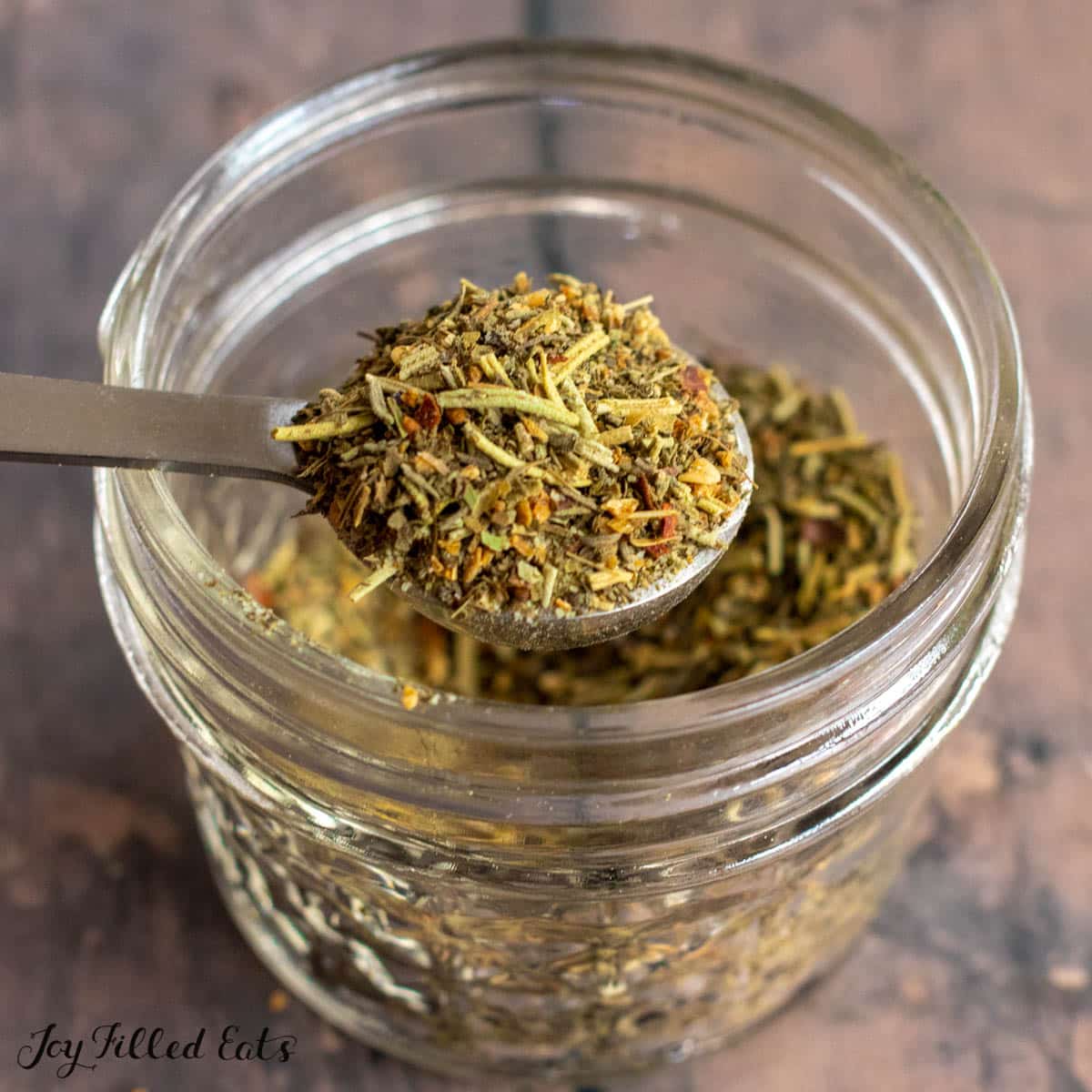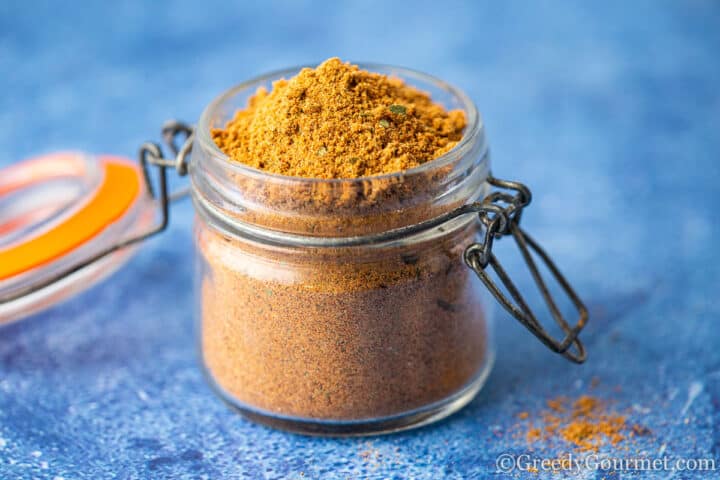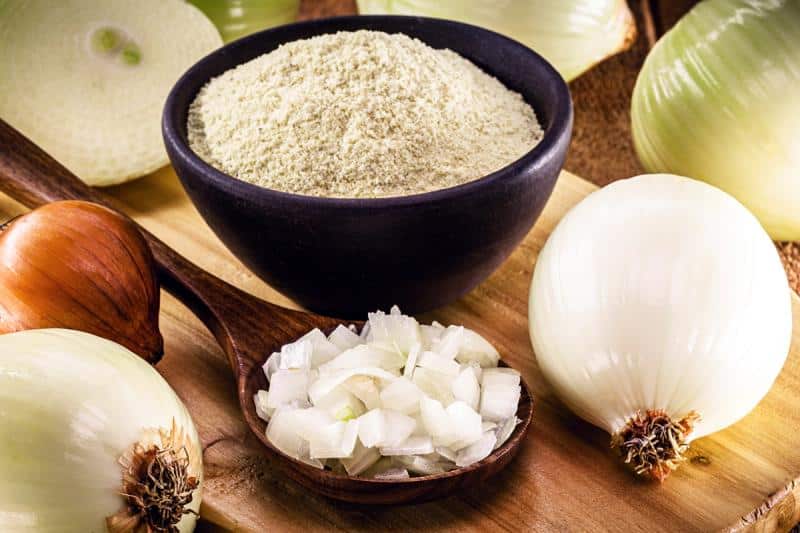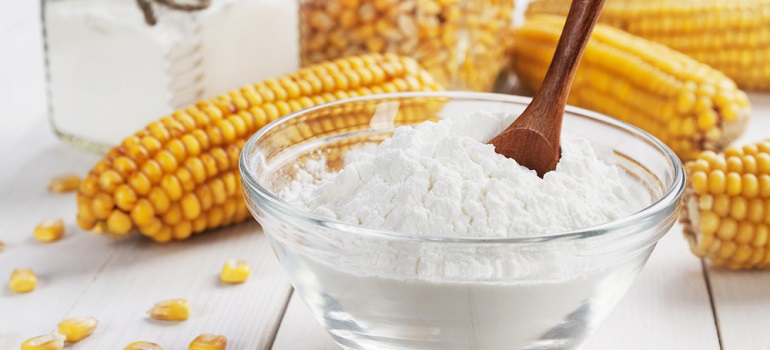How to thicken tomato sauce: simple tips and tricks
Methods to Thicken Tomato Sauce:
1. Letting the sauce reduce by simmering for a long time.
2. Adding starch:
– Making a cornstarch slurry by mixing equal parts cold water and cornstarch.
– Substituting arrowroot powder for cornstarch.
– Adding mashed potatoes or instant potato flakes.
– Making a roux with butter and flour.
– Using breadcrumbs to soak up water.
3. Adding shredded Parmesan cheese.
4. Adding cheese early in the cooking process.
5. Adding tomato paste.
6. Mixing an egg yolk with a cup of tomato sauce and adding it back to the pan.
7. Adding mashed vegetables like cauliflower, carrots, and onions.
8. Combining a thicker tomato sauce with the homemade sauce.
9. Adding cream cheese.
10. Using clear gel to thicken homemade sauce.
11. Adding leftover pasta water.
12. Adding meat to the sauce.
– Ground beef, Italian sausage, pork sausage, or stew meat.
13. Using ground almonds to thicken tomato sauce.
– Almond flour is effective for gluten-free options.
14. Adding lemon juice to thicken the sauce.
– Half a lemon is sufficient for a large pan of sauce.
